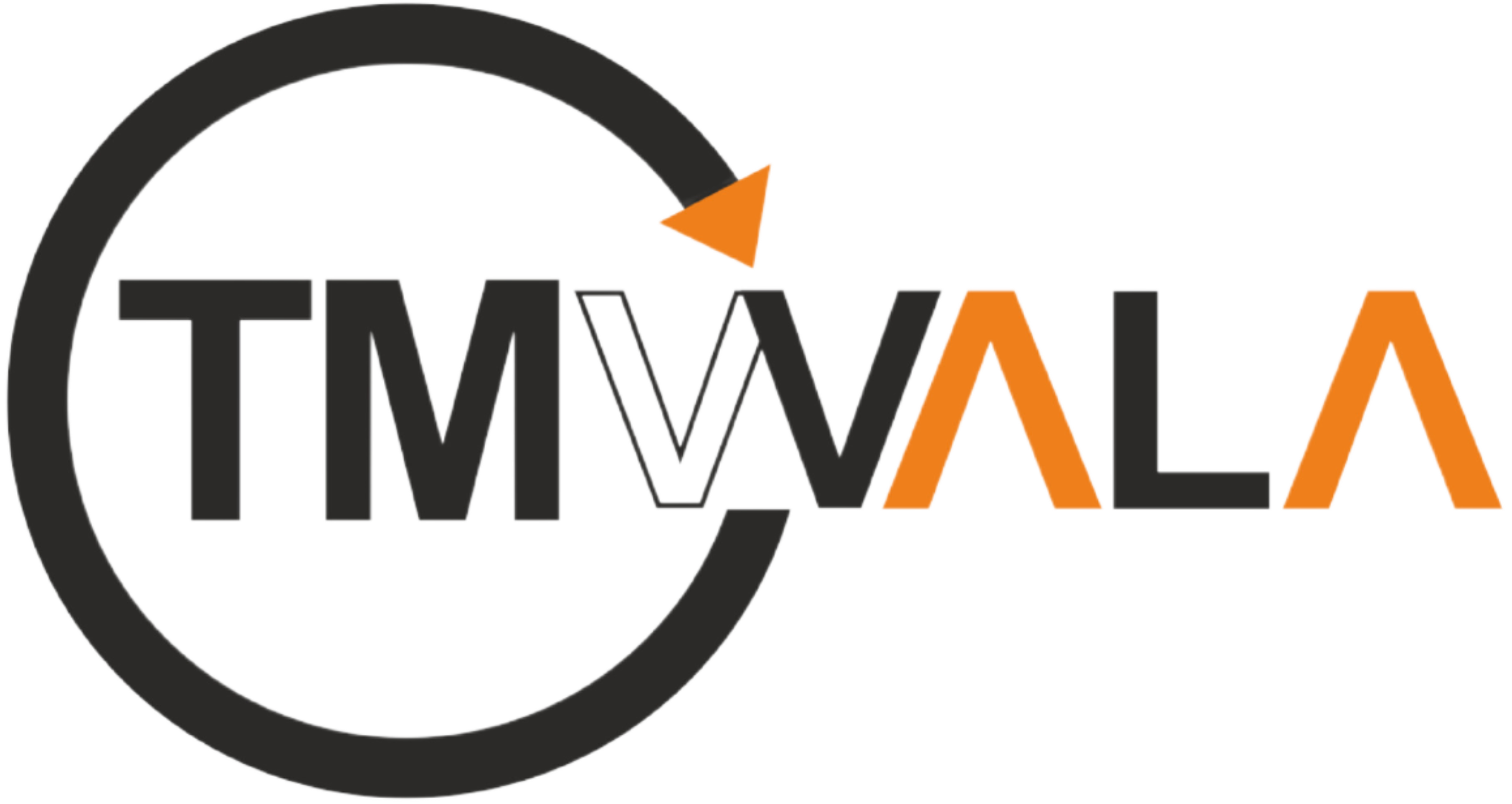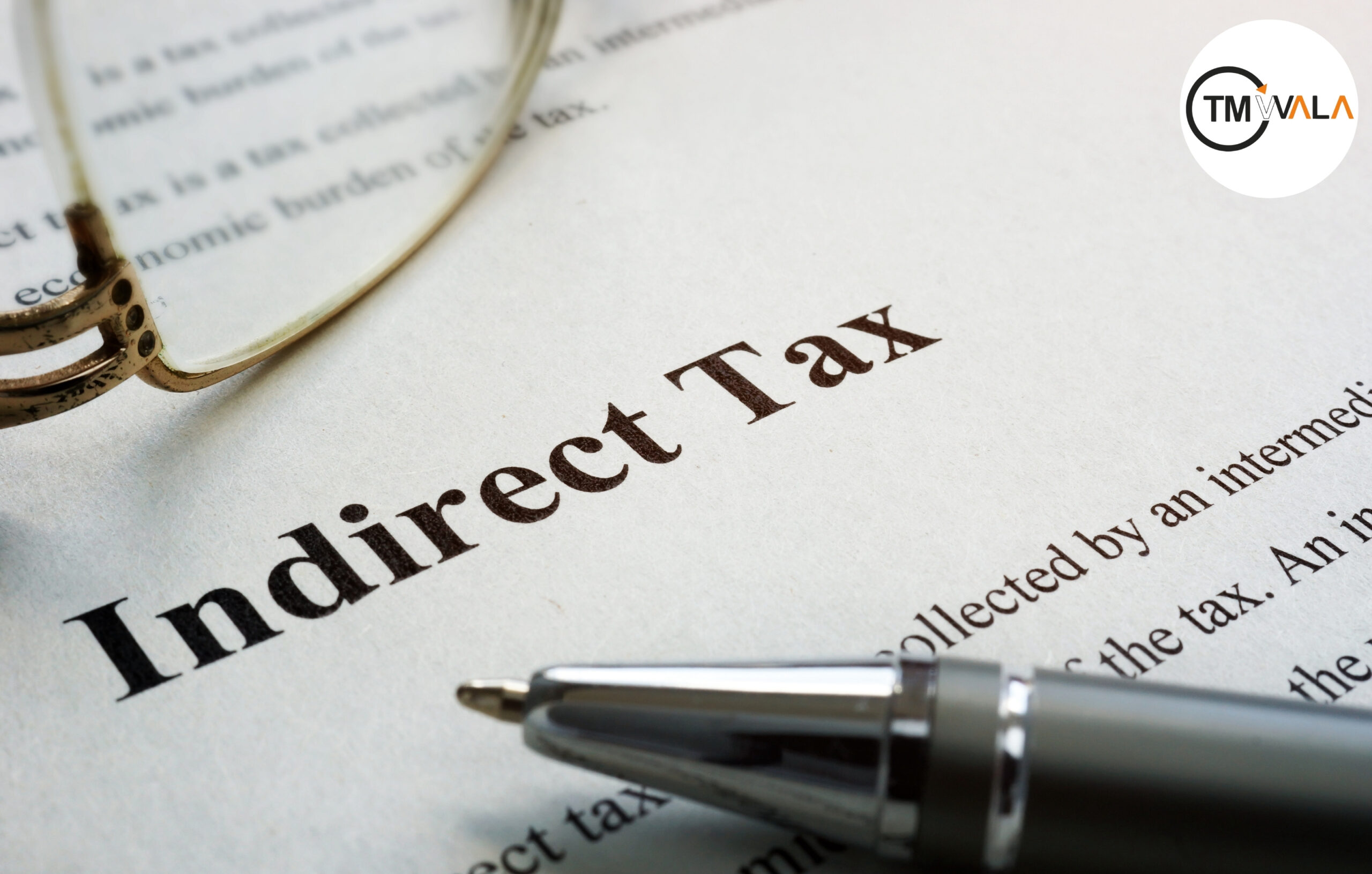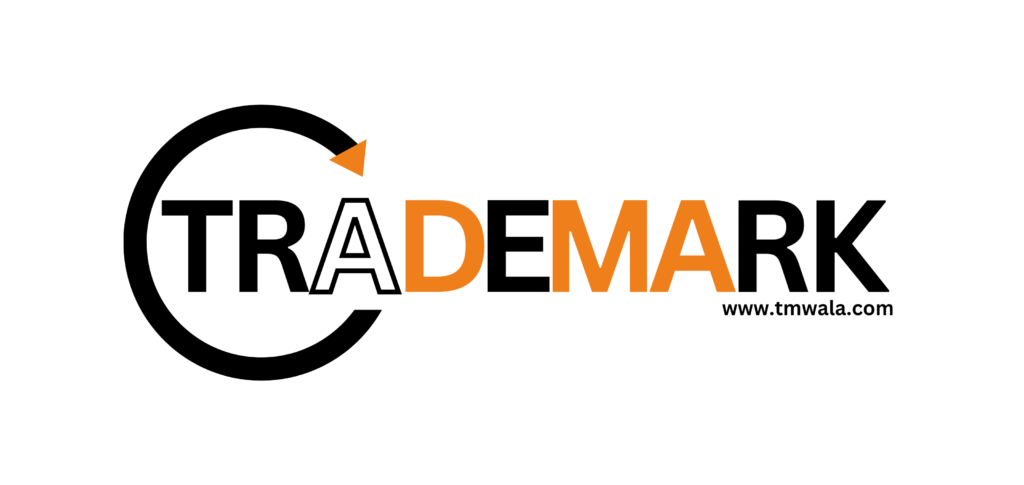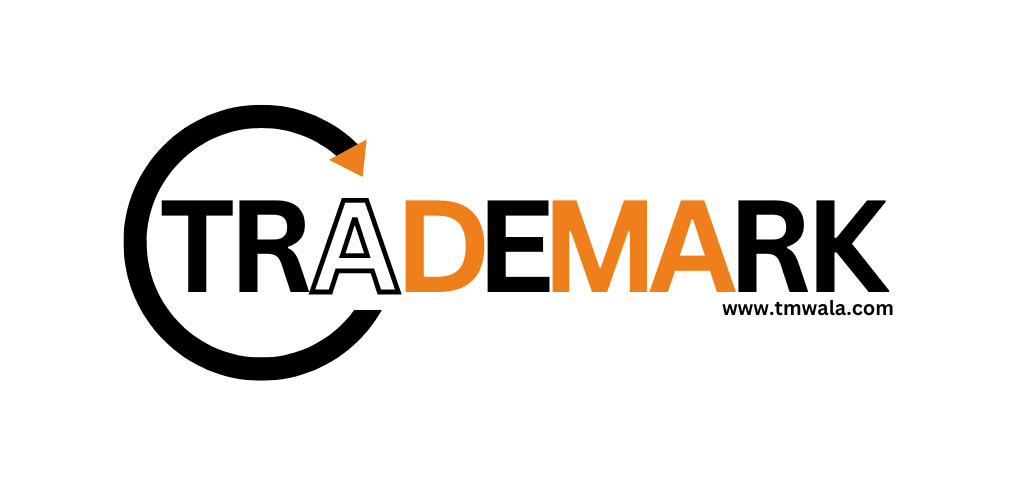Introduction
The term “indirect tax” describes the tax levied by the government on the sale of goods and services that are not related to the taxpayer’s income, revenue, or profit. Indirect taxes are imposed on transactions and can be passed down the supply chain, in contrast to direct taxes, which are paid directly by the individual.
This tax is collected and sent to the government by an entity like a manufacturer or retailer, but in the end, the cost is transferred to the customer as a portion of the purchase price. Therefore, even if a business entity is responsible for collecting the tax, the actual financial burden rests with the customer. These taxes are governed and administered by the Central Board of Indirect Taxes and Customs (CBIC).
Features of Indirect Taxes
The key characteristics of indirect taxes are as follows:
- Tax Liability: While the responsibility for paying indirect taxes lies with the service provider or seller, the ultimate financial burden is borne by the consumer.
- Payment Process: Indirect taxes are initially paid by the seller to the government, but this cost is subsequently passed on to the consumer through the pricing of goods or services.
- Nature: Historically, indirect taxes were considered regressive. However, with the introduction of the Goods and Services Tax (GST), they have become more progressive.
- Impact on Savings and Investment: Indirect taxes are designed to be growth-oriented, as they incentivize consumers to save and invest rather than spending excessively.
- Evasion: Evading indirect taxes is challenging due to their integration into the pricing of products and services, making them less susceptible to avoidance.
How Indirect Tax differs from Direct Tax
Indirect taxes and direct taxes are distinguished based on their application and impact. Direct taxes are levied against an individual’s income, assets, or profits, and the taxpayer pays them directly to the government. An example of this would be a person paying income tax according to their salary. On the other hand, sales of goods and services are subject to indirect taxes. An intermediary, such as a manufacturer or merchant, gathers them and sends the taxes to the government.
For example, income tax is a direct tax; if an individual earns ₹12,00,000 annually, they pay tax directly based on their income. In contrast, Goods and Services Tax (GST) is an indirect tax. If a consumer buys a smartphone for ₹30,000 with an 18% GST, they pay ₹35,400 in total. The retailer collects the ₹5,400 GST from the consumer and transfers it to the government. Thus, direct taxes impact an individual’s income, while indirect taxes are incorporated into the cost of goods and services.
Different Types of Indirect Taxes
In India, the Goods and Services Tax is the predominant tax that consolidates most of the indirect taxes (GST). But the following are the different kinds that were around before GST:
- Service Tax: This tax was imposed on the services that companies and professionals provided. It was acquired from service providers by the Indian government and added to the price of the services that customers received.
- Excise Duty: This tax was charged on goods manufactured within India. The excise duty on goods like alcohol, tobacco, and petroleum products was paid by the manufacturers. Usually, buyers paid a higher price for these goods to cover the cost of this tax.
- Value-Added Tax: VAT was imposed on commodities sold at different points along the manufacturing and distribution processes. It contained:
- The Central Sales Tax (CST): It is a tax that is levied on interstate sales and given to the central government.
- State sales tax: Paid to the corresponding state governments, it is collected on sales within the state.
- Customs Duty: This tax was applied to items like electronics, textiles, and raw materials that were imported into India. Customs duty was occasionally levied on exported products as well. The ultimate price of imported and exported commodities was influenced by the payment made by importers and exporters.
- Stamp duty: It is levied on legal papers like contracts and agreements as well as the transfer of immovable property, such as real estate transactions. State governments are responsible for collecting taxes according to the kind of document and the value of the property.
- Entertainment Tax: State governments impose an entertainment tax on a variety of activities, such as movie tickets, admission to amusement parks, and sporting events. The tax was included in the cost of the tickets or the entertainment services costs.
- Securities Transaction Tax (STT): Applies to trade-related transactions on Indian stock exchanges. The traders or investors who traded in securities were responsible for paying the tax, which was computed as a percentage of the transaction value.
- Sales Tax: This tax was included in the price of retail goods, such as apparel and home furnishings, that were sold for. Retailers collected the sales tax from customers at the point of sale and remitted it to the government.
- Gas Tax: It is included in the price of gasoline and diesel. The tax was applied to the sale of fuel for vehicles, contributing to the overall cost of transportation for consumers.
Even though many of these indirect taxes in India have been replaced by the Goods and Services Tax (GST), a few of them continue not to be incorporated in it. The relevant authorities are still in charge of handling these taxes separately. The following are listed:
- Basic Customs Duty (BCD): This tax is charged on imported products.
- Excise Duty on Alcohol: States still impose taxes on alcohol used for human consumption, but it is not subject to the GST.
- Stamp Duty: This is charged on legal documents related to property transactions.
- Electricity Duty: This tax is levied on the consumption of electricity
- Taxes on Petroleum Products: Natural gas, aircraft turbine fuel (ATF), diesel, and petroleum.
Impact of Indirect Taxes on Businesses in India
Compliance Challenges
Businesses in India have various obstacles when it comes to complying with indirect taxes:
- Regulation Complexity: Before the Goods and Services Tax (GST) was put into effect, businesses had to deal with a number of different tax rules, such as VAT, excise duty, customs duty, and service tax. Each had own regulations and standards for compliance, which resulted in heavy administrative loads.
- Documentation and Record-Keeping: Companies had to keep thorough records of all of their invoices, payments for taxes, and transactions. It took a lot of effort and was prone to error to ensure that the documentation complied with various tax rules.
- Constant Changes: The frequent amendments of tax laws and rates required ongoing adjustments to corporate procedures and infrastructure. Businesses need to make continual training and system upgrade investments in order to stay up to date with these changes.
- Filing and Payment: There are several steps involved in filing tax returns and making payments, such as manual calculations, form submission, and meeting deadlines. There could be fines and interest for filing errors or delays.
- Audit and Inspection: Business owners were exposed to the possibility of tax authorities conducting audits and inspections, which might cause significant disruption and demand a significant amount of work to rectify.
Strategic Planning for Indirect Taxes
To optimize tax liabilities and manage indirect taxes, effective strategic planning is essential:
- Tax Efficiency: Companies must prepare ahead in order to reduce their tax obligations through effective tax planning. This entails being aware of the exemptions, credits, and rebates that are available and making good use of them.
- Supply Chain Management: Saving money on indirect taxes can be achieved through supply chain analysis and optimization. Businesses may, for example, select suppliers and distribution routes that provide advantageous tax treatment or other benefits.
- Technology Integration: Simplifying compliance procedures, lowering error rates, and guaranteeing on-time tax filing and payment can all be achieved by putting in place reliable tax administration systems and software. Efficiency is increased through integration with accounting and ERP systems.
- Development and Training: Investing in training finance and tax staff members guarantees that they are knowledgeable about the most recent tax laws and compliance standards. This can lower the possibility of mistakes and enhance tax administration generally.
- Legal and Advisory Support: Consulting with tax experts and legal advisors can assist firms in navigating the regulatory landscape and maximizing their tax strategy by offering insightful advice on complicated tax matters.
Advantages of Indirect Taxes
- Convenience for Taxpayers: Indirect taxes are paid at the point of purchase, simplifying the payment process for taxpayers.
- Efficient Collection: These taxes are collected directly at retail or manufacturing locations, streamlining the process and reducing administrative burden.
- Broad Inclusivity: Indirect taxes ensure that all individuals, including those exempt from direct taxes due to low income, contribute to government revenue through their purchases.
- Equitable Tax Structure: The tax system is designed to be fair by imposing lower rates on essential goods and higher rates on luxury items, aligning with consumption patterns.
- Deterrent to Harmful Consumption: High taxes on products like alcohol and tobacco increase their cost, helping to reduce consumption of these potentially harmful items.
- Subtle Impact: Indirect taxes are included in the final sale price and are less noticeable to consumers, making them less intrusive compared to direct taxes.
- Simplified Administrative Process: The collection of indirect taxes occurs immediately at the point of sale, minimizing the need for complex documentation and filing requirements.
Conclusion
Indirect taxes are essential to the Indian tax system since they guarantee widespread revenue generation and have an impact on consumer behaviour. The indirect tax system has become more egalitarian and progressive with the implementation of the Goods and Services Tax (GST). This has guaranteed that every member of society contributes to government revenue while also lessening the administrative cost and complexity on enterprises. Indirect taxes have a bright future as long as India keeps updating its tax system.
It is anticipated that subsequent reforms and technological developments will improve compliance, lower evasion, and further incorporate indirect taxes into the economy. This will guarantee the effective use of resources, encourage equitable taxes, and support sustained economic growth. For that reason, indirect taxes will continue to be an essential tool for economic growth and the financial policy of India.
Frequently Asked Questions (FAQs)
- What are the primary differences between direct and indirect taxes?
Direct taxes are levied on income or wealth and are paid directly to the government by the taxpayer. Indirect taxes are imposed on goods and services and are collected by intermediaries from the consumer.
- How do indirect taxes affect consumer prices?
Indirect taxes increase the final price of goods and services as the tax is added to the sale price, which is ultimately paid by the consumer.
- What is the rationale behind levying higher indirect taxes on luxury goods?
Higher taxes on luxury goods aim to generate additional revenue from those who can afford to pay more and to promote equity by reducing consumption disparities.
- What mechanisms are in place to prevent evasion of indirect taxes?
Measures include strict record-keeping requirements, regular audits, electronic tracking systems, and penalties for non-compliance.
- What is the Excise Duty and how is it applied?
Excise Duty is a tax on the manufacture of goods within India, paid by the manufacturer and often passed on to consumers in the final product price.
- How does Customs Duty work on imported goods?
Customs Duty is a tax levied on goods imported into India, calculated based on the value, weight, dimensions, or other criteria, and is paid by the importer.
- What is Service Tax and who is liable to pay it?
Service Tax was a tax levied on services provided in India, payable by the service provider, but was replaced by GST in 2017.
- What is the role of the Central Board of Indirect Taxes and Customs (CBIC)?
CBIC is responsible for formulating and implementing policies related to Customs, Central Excise, and GST, ensuring compliance and collection of indirect taxes.
- How does the Entertainment Tax function?
Entertainment Tax is levied by state governments on transactions related to entertainment, such as movie tickets, sports events, and amusement parks.
- How does the Securities Transaction Tax (STT) affect trading?
STT is a tax levied on transactions involving securities traded on the stock exchanges, including shares, derivatives, and mutual fund units.
- What is the Motor Vehicle Tax and who pays it?
Motor Vehicle Tax is a tax levied on the ownership and operation of motor vehicles, payable by the vehicle owner to the state government.
- How are Luxury Taxes applied?
Luxury Taxes are levied on high-end goods and services, such as luxury hotels and products, aimed at taxing the consumption of luxury items.
- What is the Professional Tax and who is liable?
Professional Tax is a tax levied by state governments on individuals earning an income from salary, wages, or practicing a profession, payable by both employees and employers.
- How does the Property Tax system work in India?
Property Tax is a local tax imposed by municipal authorities on real estate properties based on their assessed value, used to fund local services and infrastructure.
- What are Octroi and Entry Tax?
Octroi and Entry Tax were local taxes levied on goods entering a municipality or state, aimed at generating revenue for local bodies, now largely replaced by GST.














